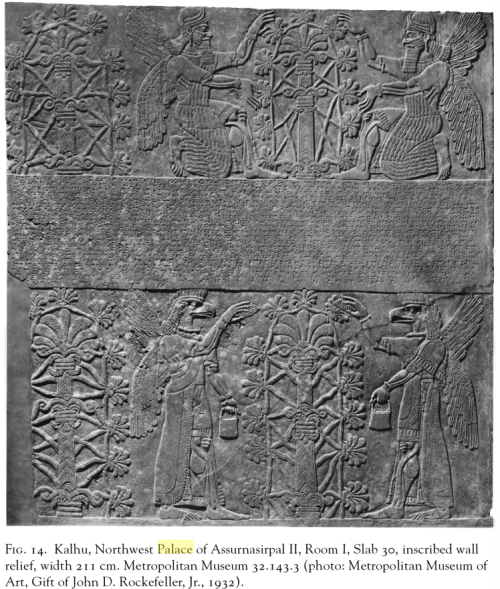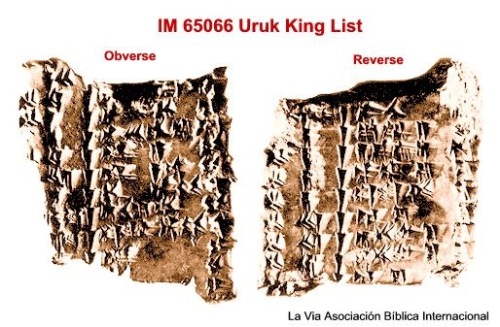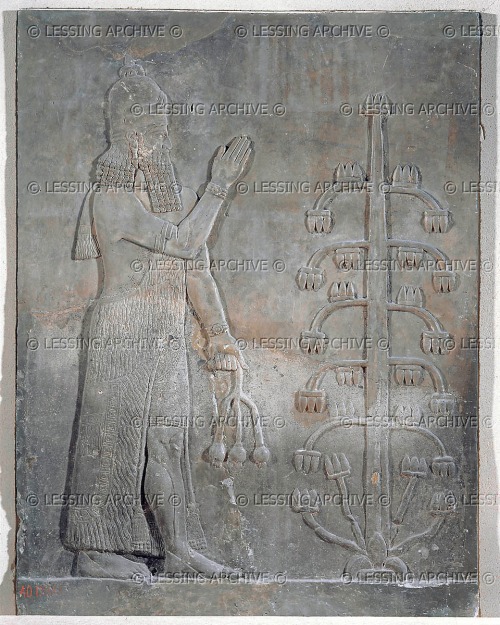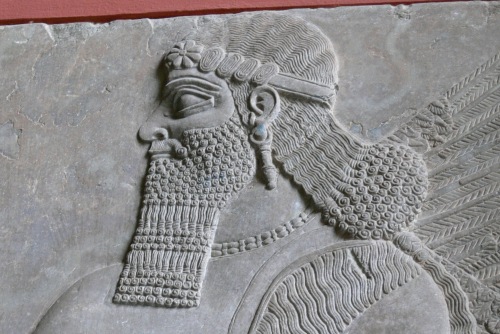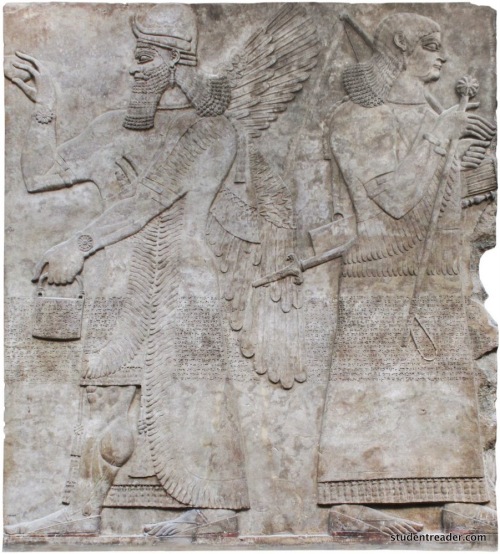Kvanvig: Dates the apkallu to the Beginning of the 1st Millennium BCE
“Most of the sources we have to these imaginations developed around the apkallus are Assyrian. This does not, however, mean that the imaginations only belonged to Assyrian mythology. Of the three lists of the apkallus known, two are Babylonian, and Bīt Mēseri was known in Babylonia. The most extensive description of their role we find in Berossos and the most systematic transition from apkallus to ummanus exists on the Uruk tablet.

This photograph of Tablet IV of the Poem of Erra is dated to 629-539 BCE.
https://tourguidegirl.files.wordpress.com/2014/11/img_0744.jpg
The apkallus play an important role in the Poem of Erra, which according to most scholars is Babylonian. The tendency to ascribe compositions to apkallus is also attested in Babylonian sources. Berossos knows the reliefs of fish-apkallus existed. This motif is generally well attested in Late Babylonian representations.
(Cf. Green, “Mischwesen,” p. 252.)
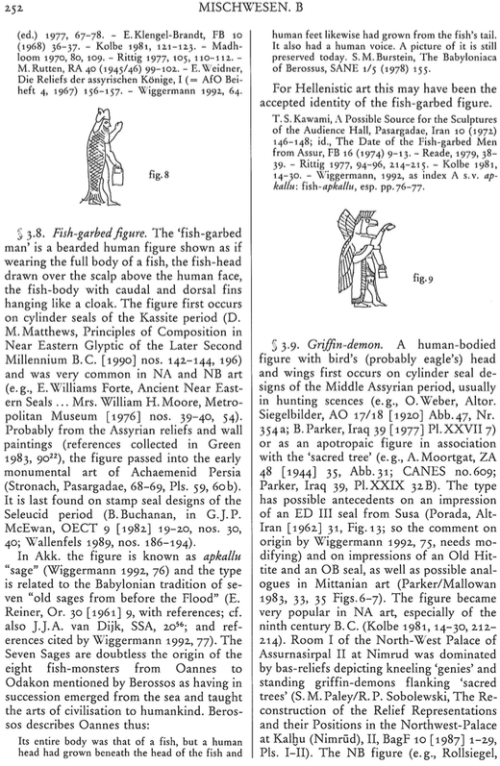
Excerpt from Anthony Green, “Mischwesen. B.” (Fish-garbed figure). Reallexikon der Assyriologie, 1994, p. 252.
Clay figurines of the apkallus are found at Ur. There is also no reason to think that these imaginations were esoteric, belonging to a limited class of scholars. Imaginations of the apkallus are not limited to a certain genre of literature, but appear in all sorts of written compositions and in a variety of practices and depictions.
(Cf. Rittig, Assyrisch-babylonische Kleinplastik, pp. 72, 83.)
When I first gathered and analyzed the sources to the apkallus preparing for my dissertation in 1984, later published in Roots of Apocalyptic in 1989, I concluded:
“The distinction between the group of seven sages and the group of four in Bīt Mēseri, and between apkallus and ummanus in W 20 030, 7, demonstrates a special way of interpreting history: the primeval history is “the history of revelation,” and the history which follows is the time when this revelation is transmitted and unfolded.”
(Kvanvig, Roots of Apocalyptic, p. 201.)
Parpola explicitly supported this argument in his edition of the Assyrian and Babylonian letters.
(Parpola, Letters from Assyrian and Babylonian Scholars, XVIII.)
The textual and iconographic basis for understanding this part of Assyrian and Babylonian mythology is now considerably widened. But this extension of the source material has not undermined the assumption in the quotation above, but has provided the opportunity to give a much more refined and comprehensive presentation of a fairly late development in Mesopotamian religion.
At the present it is difficult to draw a diachronic picture of the origin and development of the apkallu tradition. We find the oldest reference to the seven apkallus in Eridu in a Sumerian temple hymn, where the tablet is dated to the Old Babylonian period.
(Cf. A.W. Sjöberg and E. Bergmann, The Collection of the Sumerian Temple Hymns, New York, 1969, p. 25.)
The text is hard to interpret, but the context of the apkallus is both the apsû, the me, and Enki’s son Asarluhi. The time is about the same as the date of the Sumerian tablet with the Adapa Myth, Adapa also coming from Eridu. The fact that these two sources are Sumerian does not necessarily indicate that the concept of the apkallus in Eridu is older than the Old Babylonian period.
All the other sources come from the first millennium. The archeological evidence also points in the same direction; the depictions of apkallus in figurines, on cylinder seals and on reliefs start in the beginning of the first millennium.
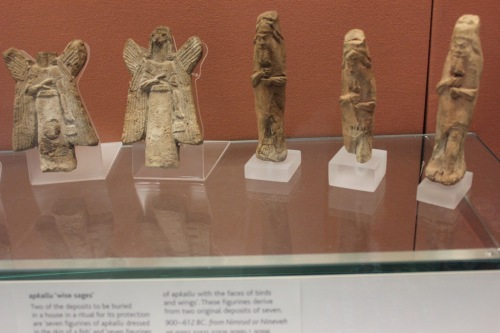
Bird Apkallū and Fish Apkallū, the so-called purādu-fish, side by side. Apkallū statuettes of this design were buried in appropriate places in the home of a Babylonian exorcist. They were believed to have prophylactic qualities, guarding the home from evil.
The first textual witness from the first millennium might be the Poem of Erra. Here the apkallus are placed in the framework of primeval history. They were responsible for Marduk’s attire before the flood; they survived the flood and were sent back to the apsû after the flood.
This composition is held to be Babylonian. Thus it is not likely to regard the development of the apkallu tradition as simply an Assyrian matter. The pairing of kings and apkallus as found in the two Babylonian lists, Berossos and the Uruk tablet, seems to reflect the position of the ummanus at the royal courts also in Babylonia.
As shown, there existed a chronography pairing Assyrian kings and ummanus, which demonstrated their position in the first millennium. Thus the expansion of the apkallu tradition seems intimately connected to the increasing importance of the scholarly guilds, in their attempt to systemize and legitimize the lore of their professions from the beginning of the first millennium.”
Helge Kvanvig, Primeval History: Babylonian, Biblical, and Enochic: An Intertextual Reading, Brill, 2011, pp. 156-8.


